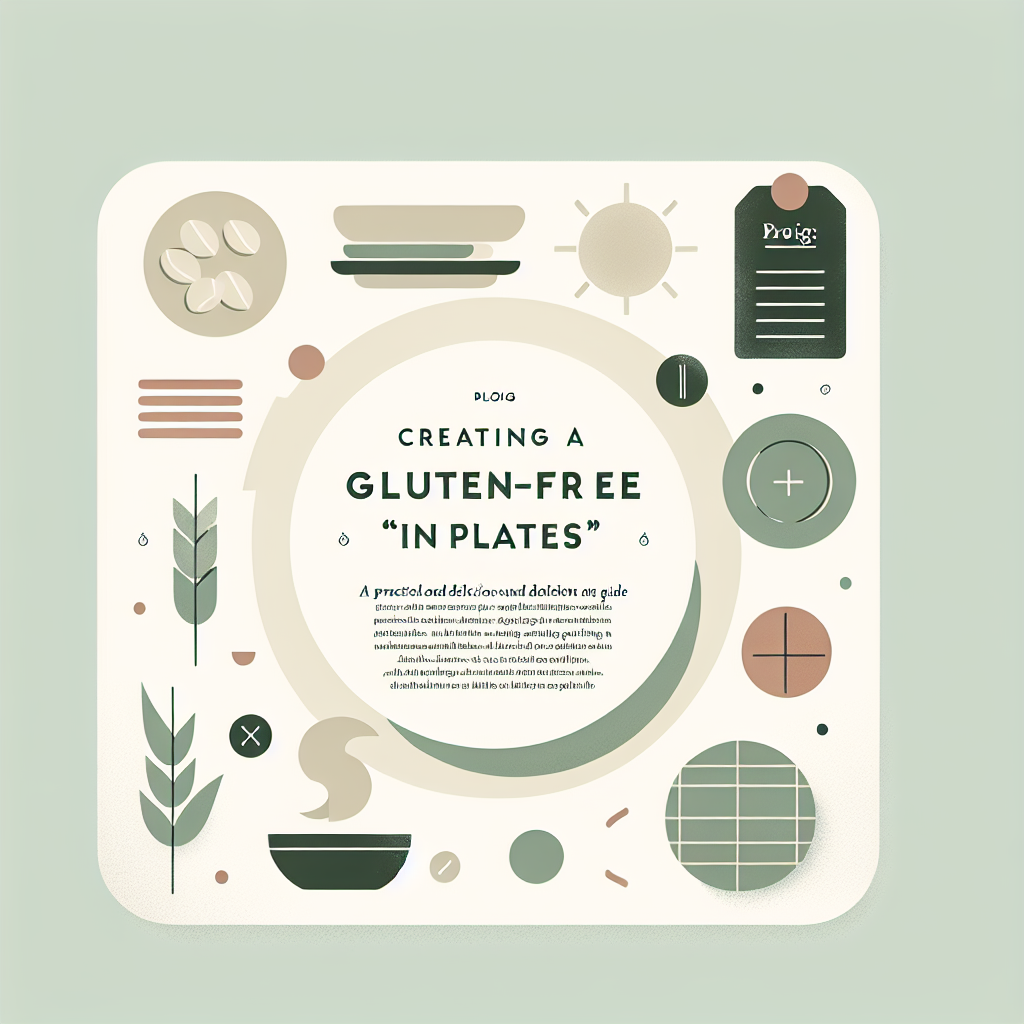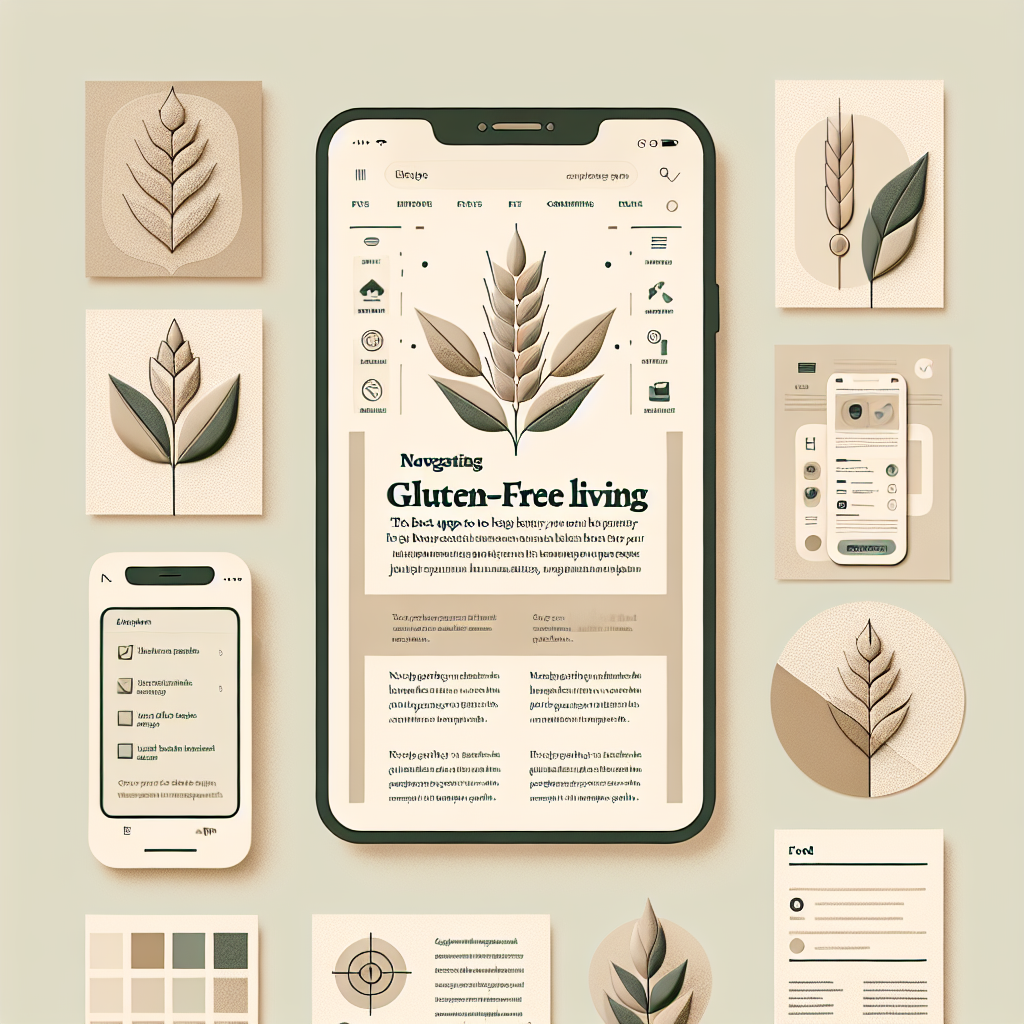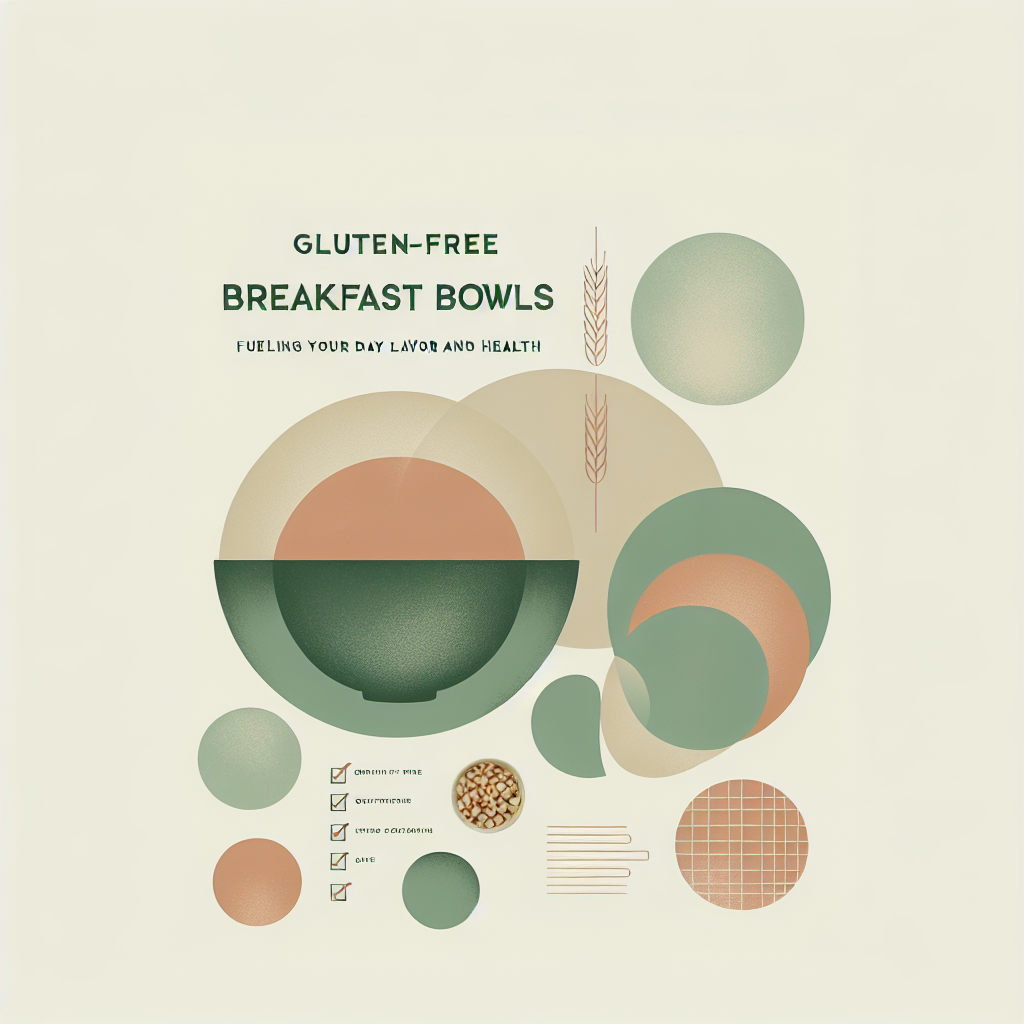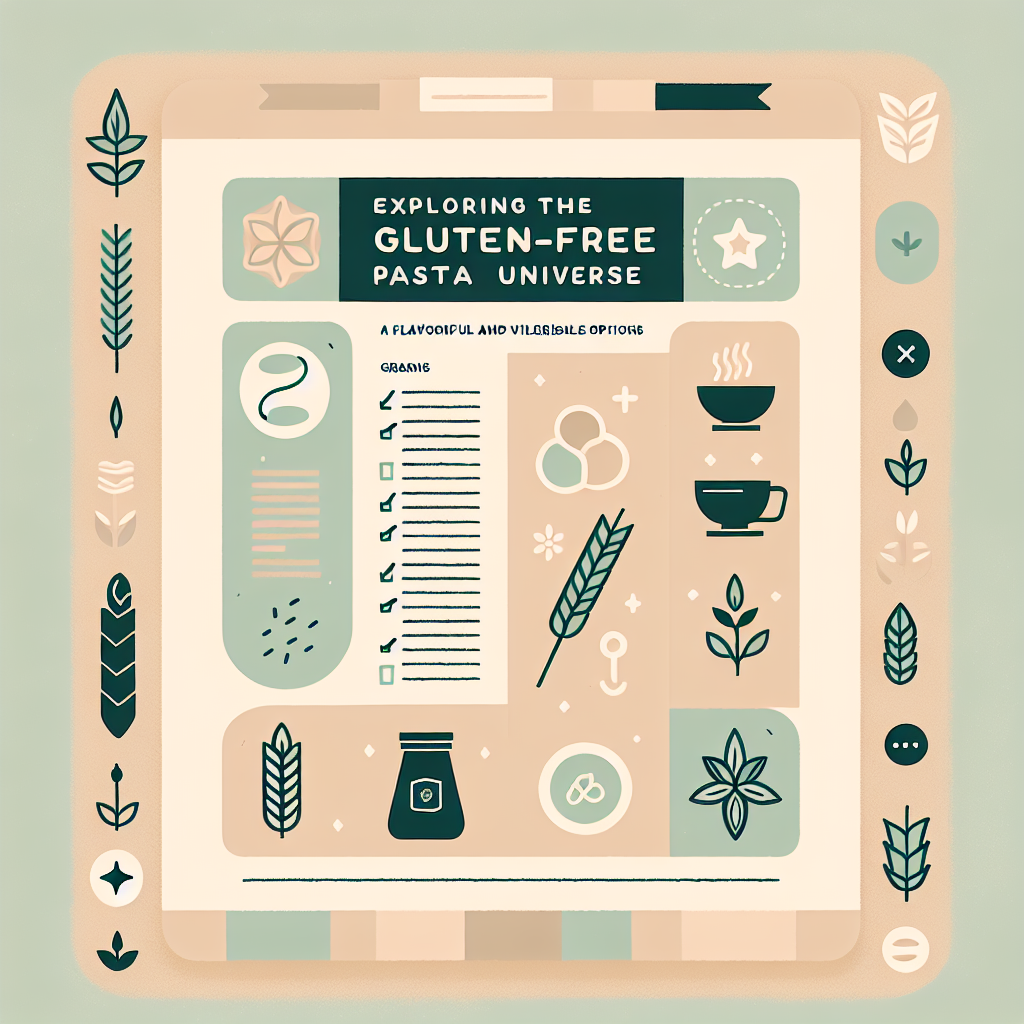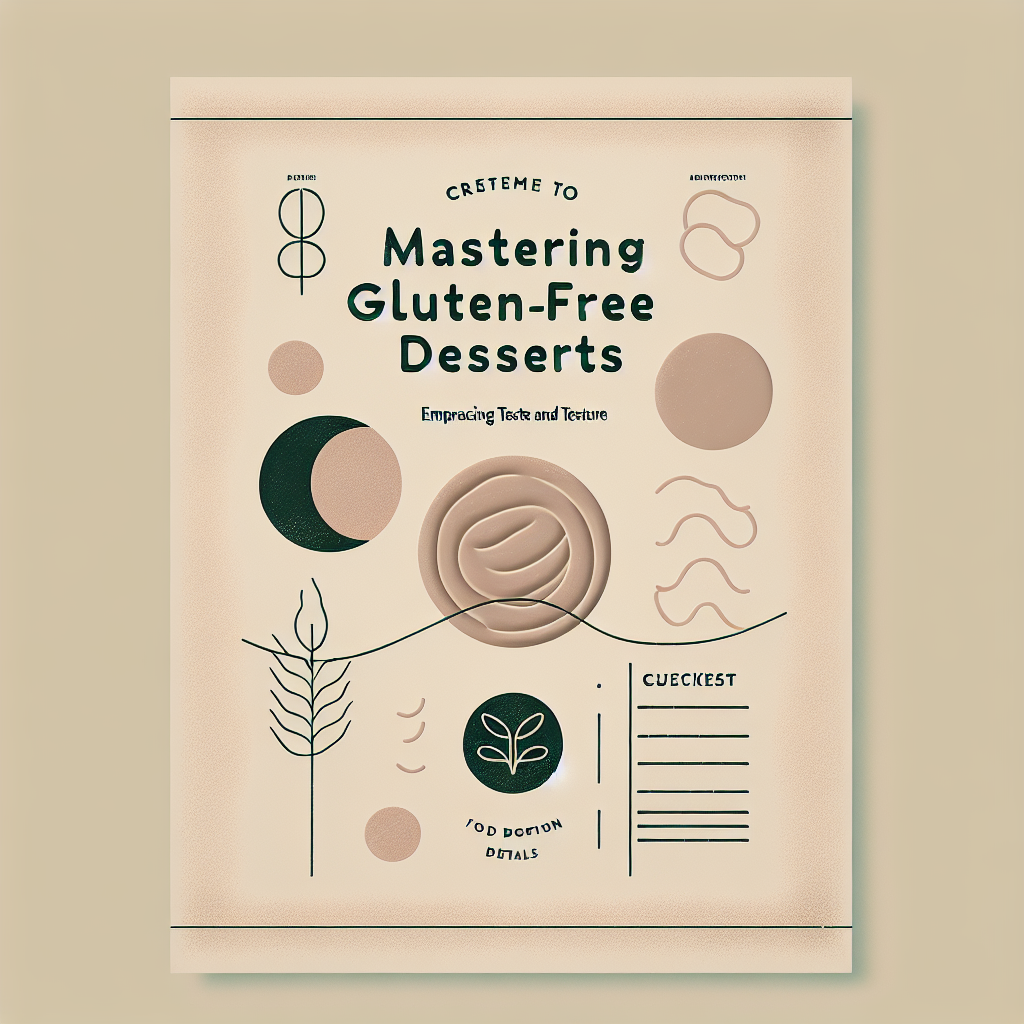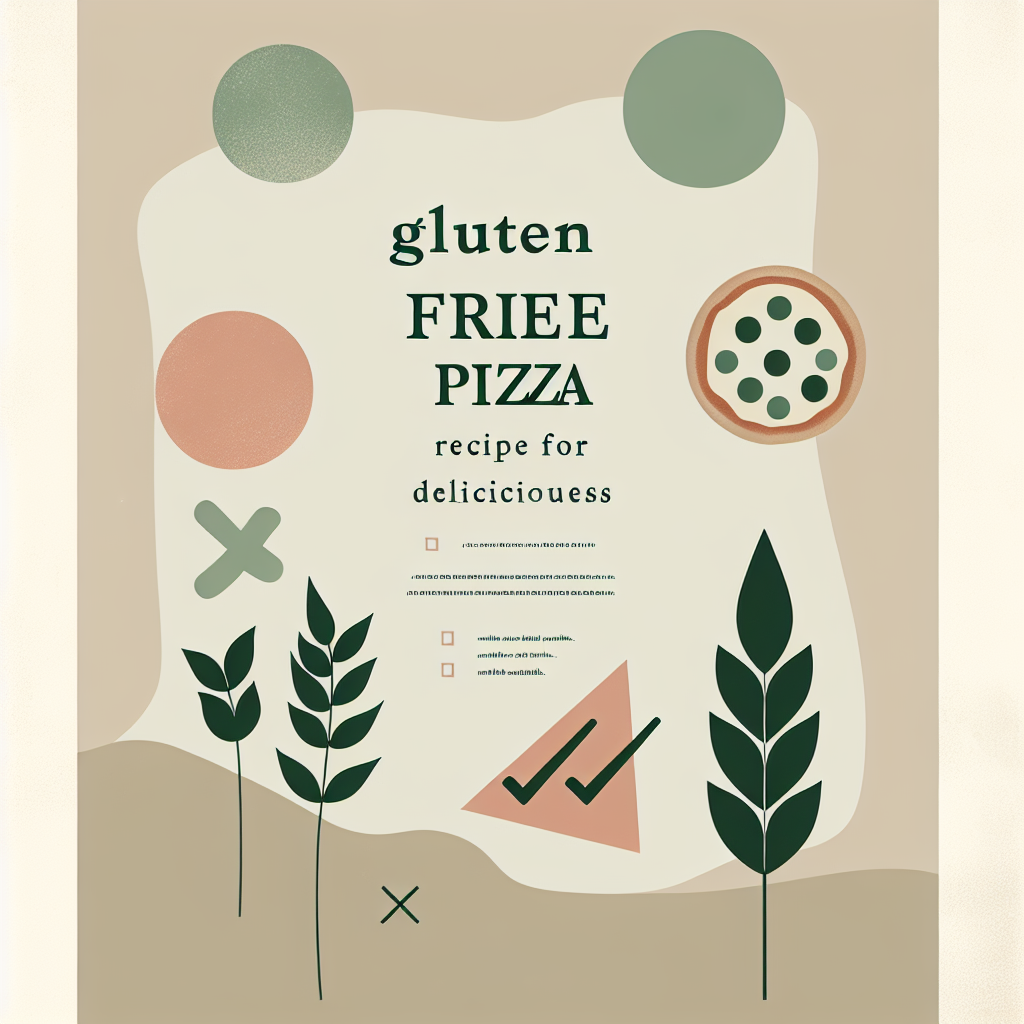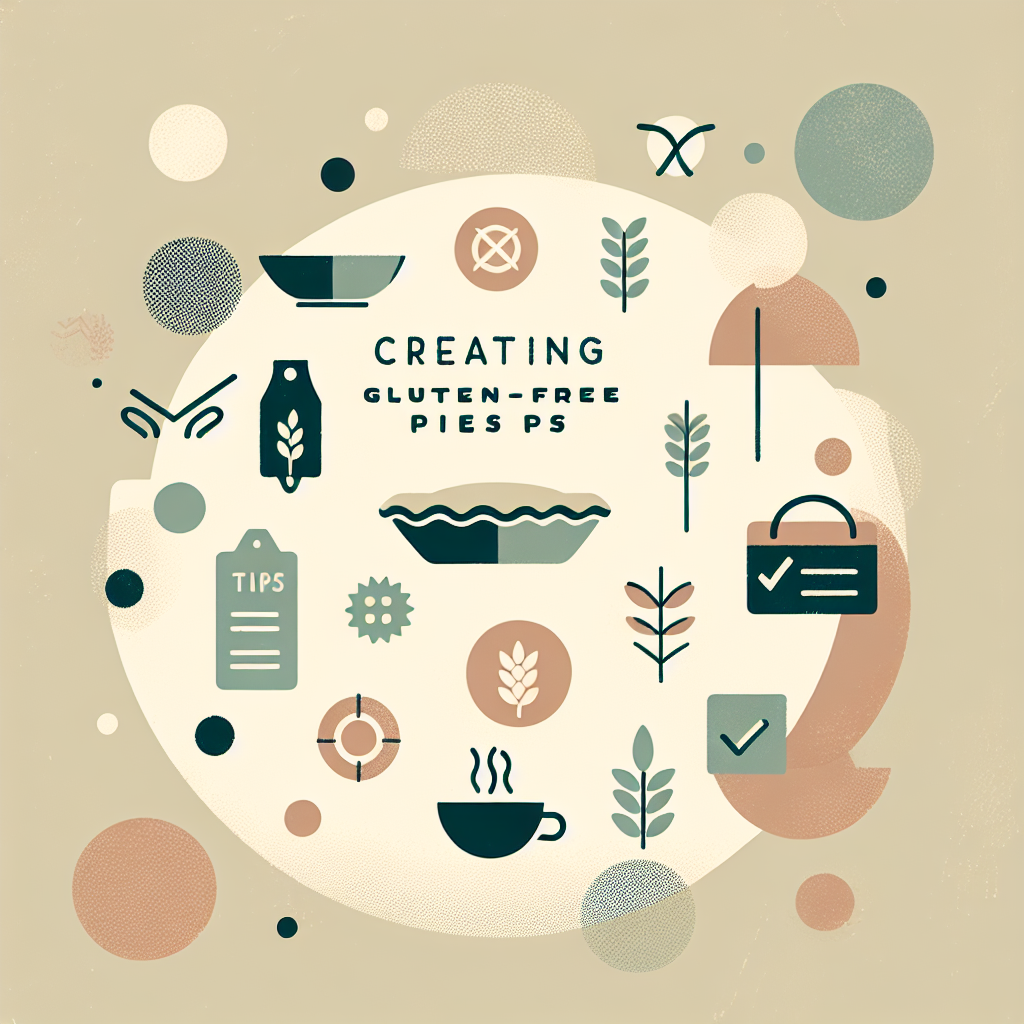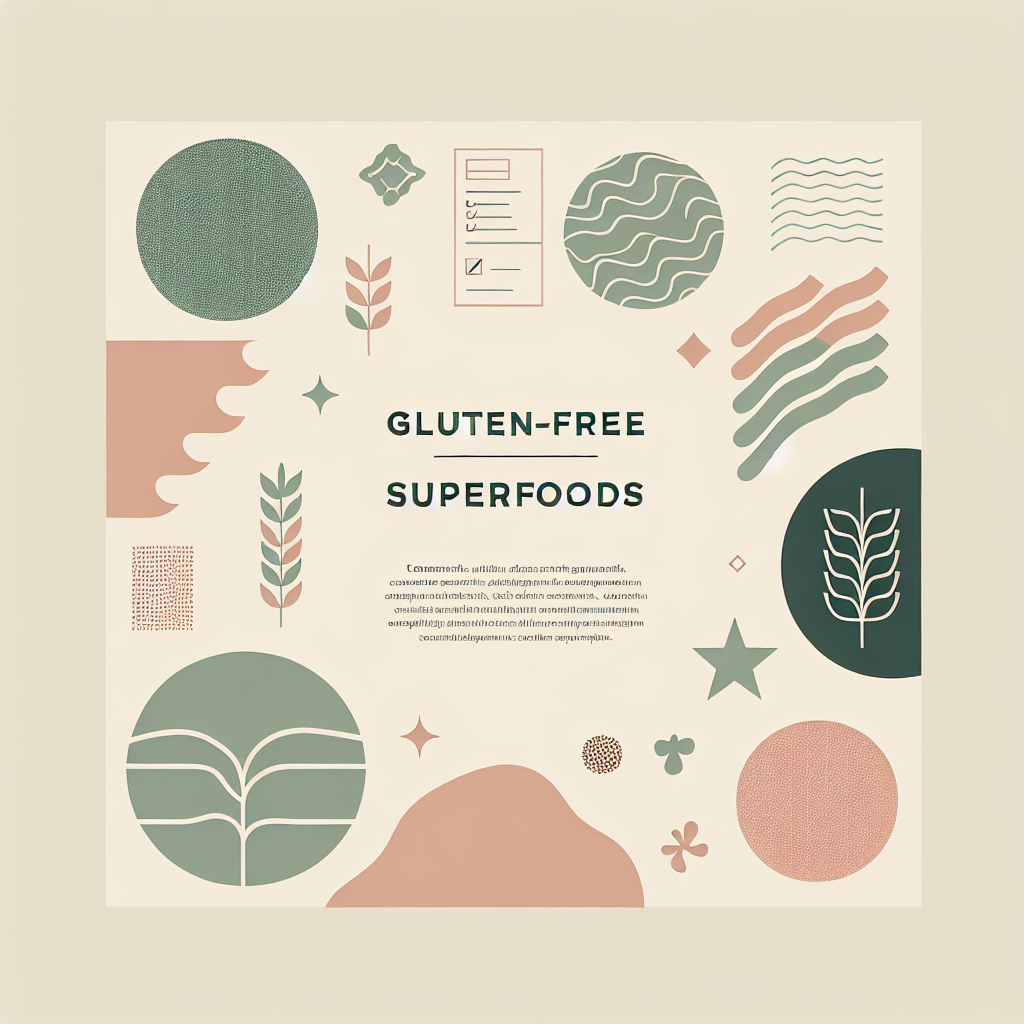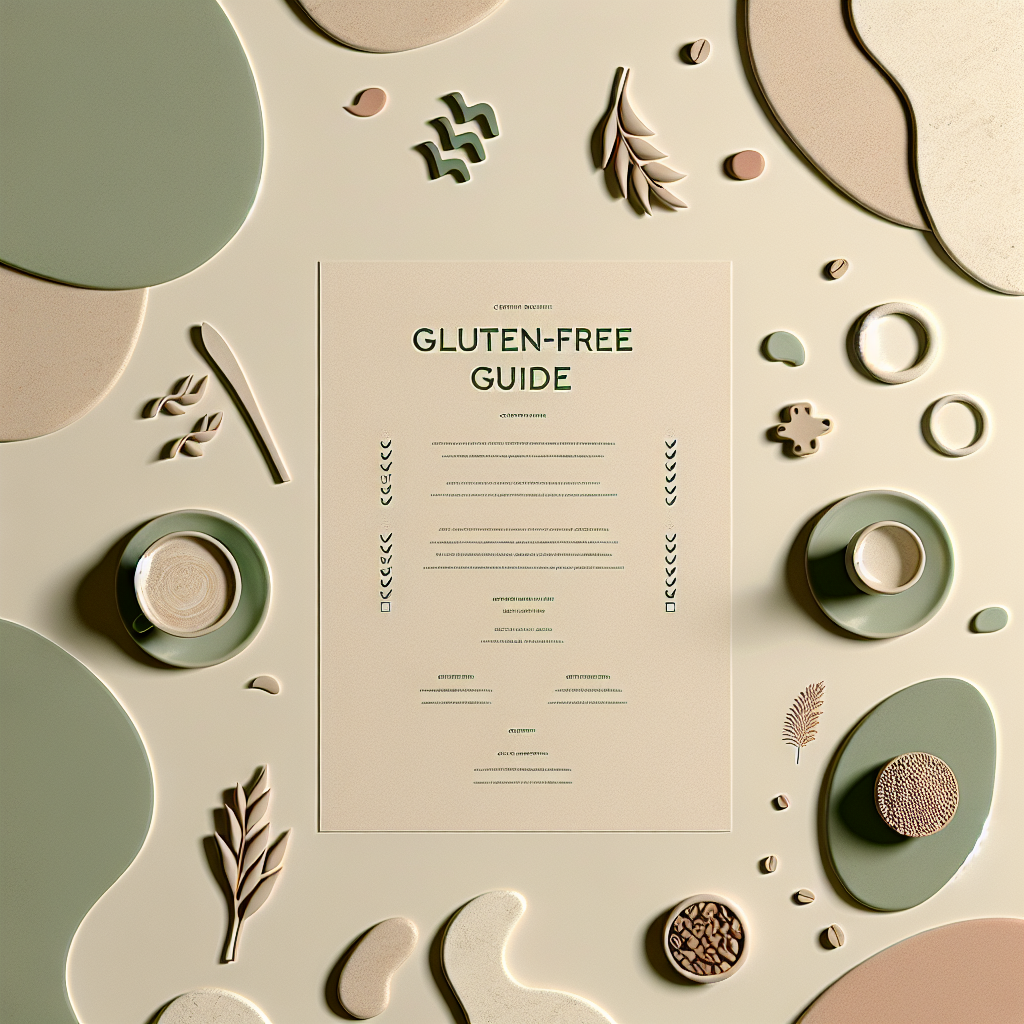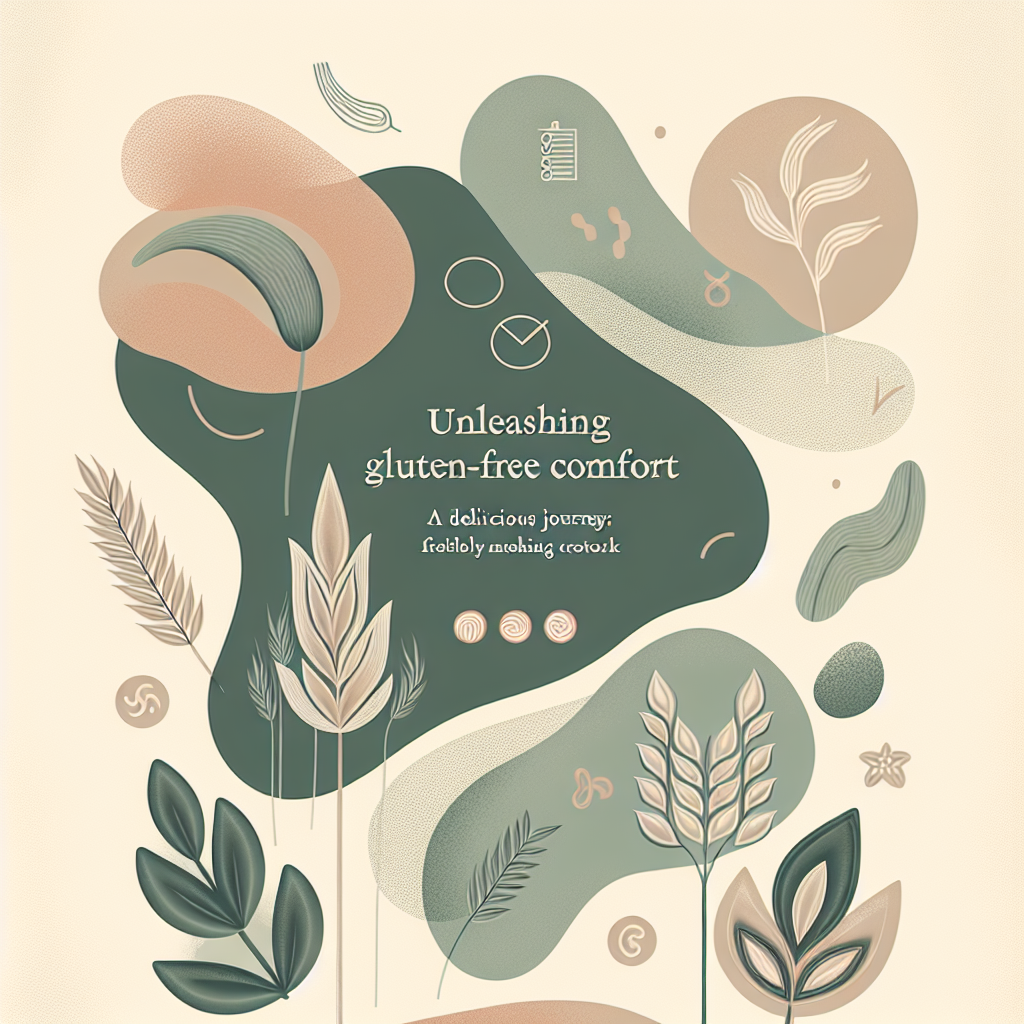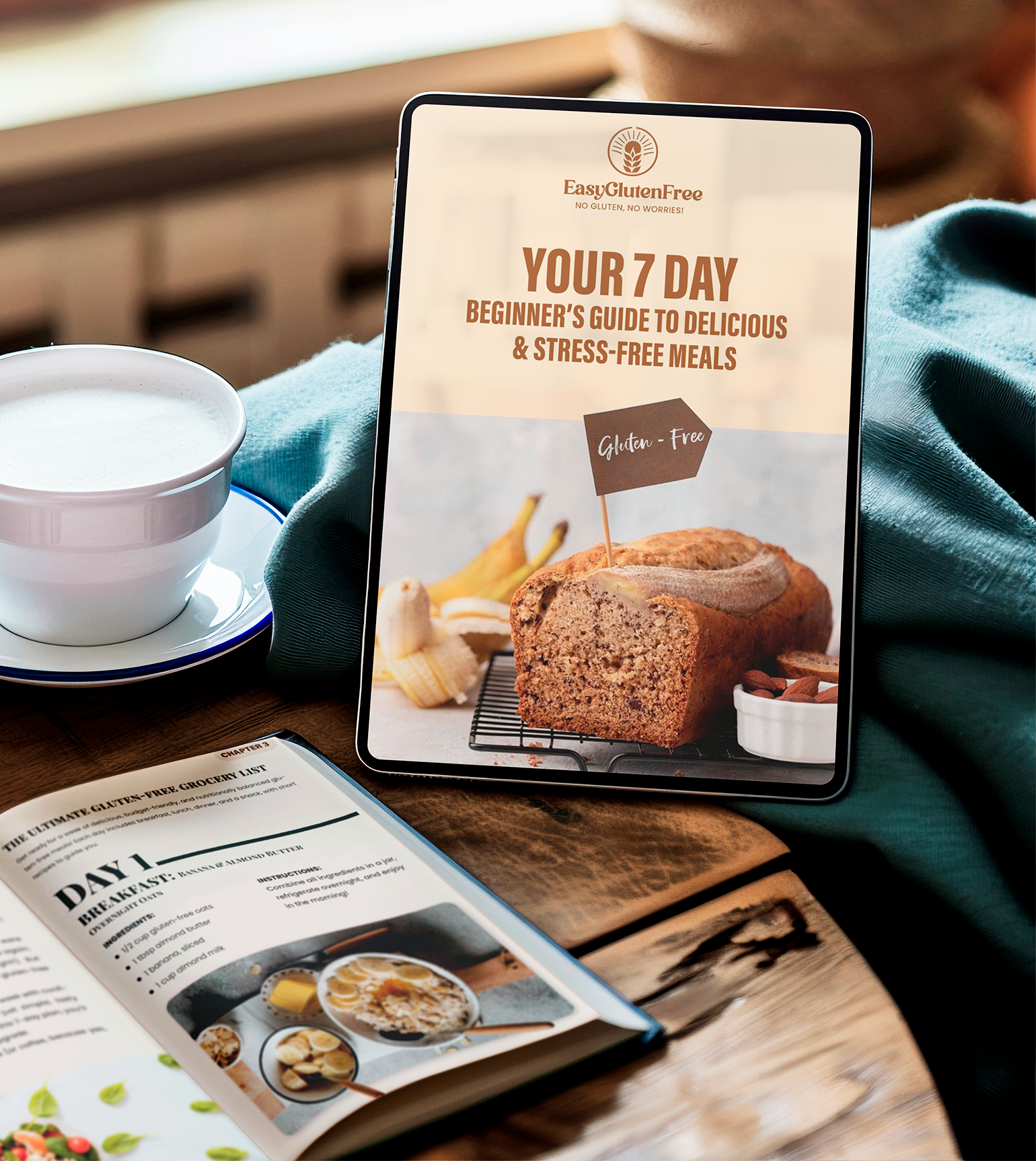Creating a Gluten-Free “Day in Plates”: A Practical and Delicious Guide
Every journey begins with a single step, including your journey into a gluten-free lifestyle. But where exactly is that starting line penned? Fear not, my gluten-sensitive compatriots! I’m here with a nifty idea to make that initial leap a bit more approachable without shortchanging you on flavor or variety. I present to you, the magic of planning a gluten-free “Day in Plates.” Creating a “Day in Plates” is a fun, practical approach to gluten-free living. The idea is to visualize an entire day’s menu separated into breakfast, lunch, dinner, and a couple of delightful snack times. It’s like having a visual script of your gluten-free show, helping to enhance your culinary narrative each day. And don’t forget the cameos by our favorite beverages! This method encourages exciting, diverse meal planning, and certainly cools down the intimidation that might be lurking around the gluten-free lifestyle choice. Now, if you’re in the early stages of your transition, it’s only human to feel overwhelmed. Forging a path through unfamiliar food territory can be challenging. Don’t sweat though! Remember that every superhero needs a mentor, and that’s where I come in with my guide for [gluten-free beginners](URL). To put your mind at ease and set a solid ground to step onto, understanding the intricate details of a gluten-free lifestyle and the basics you need to know are only a click away. And past this fundamental knowledge, we take our first step into the practical part of our gluten-free journey, planning your “Day in Plates.” With a touch of adventure, a dash of creativity, and a whole lot of delicious easily accessible ingredients, let’s create a day of plates that will not only keep you healthy but also happy! Let’s start our day on a hearty note. Breakfast is the first meal of the day and it sets the tone for the rest of the meals. Protein-packed make-ahead egg muffins paired with a bowl of gluten-free oats jazzed up with a sprinkle of chia seeds and a swirl of almond butter gives you a perfect balance of macros to kick-start your day. Now, these aren’t your regular oats. These are gluten-free oats, and there’s a world of difference between the two! To avoid cross-contamination and reap the full benefit of your breakfast, get to know [all about gluten-free oats](URL) before loading your pantry. Moving on to our mid-day respite, lunch is an affair where your taste buds and nutritional needs should walk hand in hand. A rainbow-coloured, crunchy vegetable quinoa salad tossed in a zesty, homemade gluten-free dressing calls for a perfect mid-day pick-me-up. A steamed lean protein portion on the side and voila! You’re nurturing your body with a power-packed lunch that keeps you satiated and energetic as you tackle the rest of the day. Evenings, ah, those tricky evenings when cravings start kicking in. Fear not, your gluten-free guardian angel has got you sorted! Make a fun snack time with homemade gluten-free crackers, served with a lip-smacking dip or a chunk of your favorite cheese. Not only will this curb your snack cravings, but also expands your gluten-free horizons. Before you jump to the dinner plate, let’s talk beverages. What’s a day of meals without some delectable drinks to wash down all the tasty goodness? Gluten doesn’t lurk only in your food; it can hide in your beverages too. So, make wise beverage choices. Go for natural smoothies, pure squeezed juices, gluten-free coffee, or herbal teas. Don’t forget hydration though! Regular water intake is vital for everyone, whether gluten-sensitive or not. And now for the grand finale, the dinner plate. Evening meals should be comforting, filling yet light. One of my favorites is a hearty bowl of gluten-free pasta primavera with an abundance of vegetables served with freshly grated Parmesan. Sounds mouth-watering, doesn’t it? You’d be amazed by the variety of gluten-free alternatives available for almost every food item you’ve cherished in your pre-gluten-free days. Lastly, who doesn’t love a late-night snack? Warm, gluten-free almond cookies with a hint of cinnamon and a mug of unsweetened almond milk can act as the perfect wholesome cuddle for your tummy before you tuck yourself in bed. Now, isn’t this a flavorful day, from breakfast to a good-night snack, leaving you with no room for ‘I miss gluten’ thoughts? Remember, “A Day in Plates” is more than just preparing gluten-free meals; it’s about embracing and enjoying the gluten-free lifestyle. Feel free to switch up the order, experiment with seasonings, and adjust portion sizes according to your needs. Use this as a road map, and find your groove as you explore further into gluten-free eating. Being on gluten-free diets often also means adapting to a different cost structure when doing your grocery shopping. The financial side of it is an undeniable part of the journey. If that tickles your curiosity, you could explore more in [budgeting for a gluten-free lifestyle](URL) to ensure you eat well without breaking your bank. With every plate you prepare, remember, it’s not deprivation; it’s a healthier choice you’re making for a happier life. A “Day in Plates,” well, that’s one delightful day spent in mindful eating and conscious choices that slowly but surely transforms into a lifestyle. Remember, your journey is unique, and accomplishing it in small, manageable bites can make all the difference. Experiment, explore, and embrace all that a gluten-free lifestyle has to offer! **Category: Gluten-Free for Beginners**

